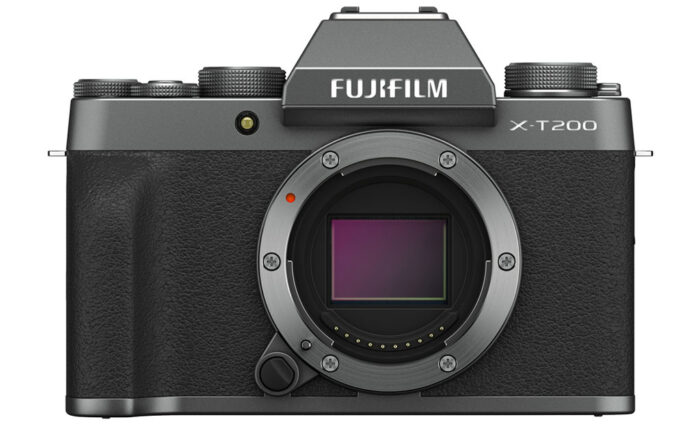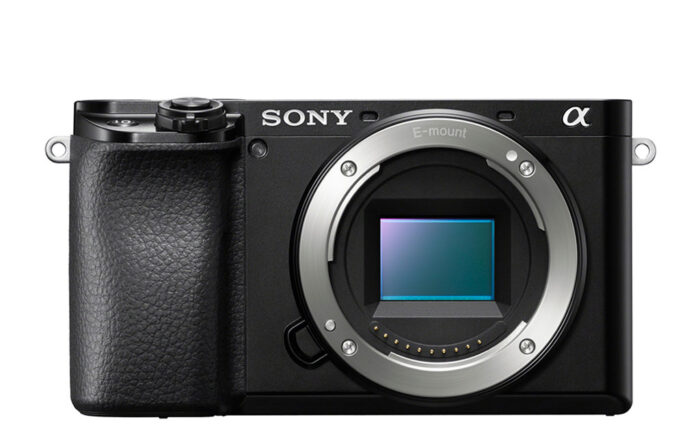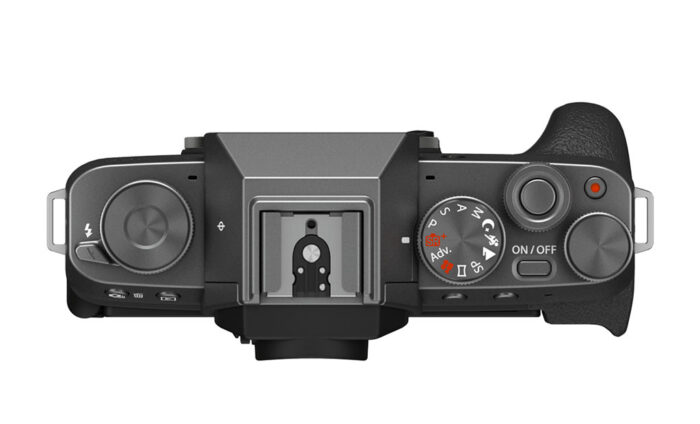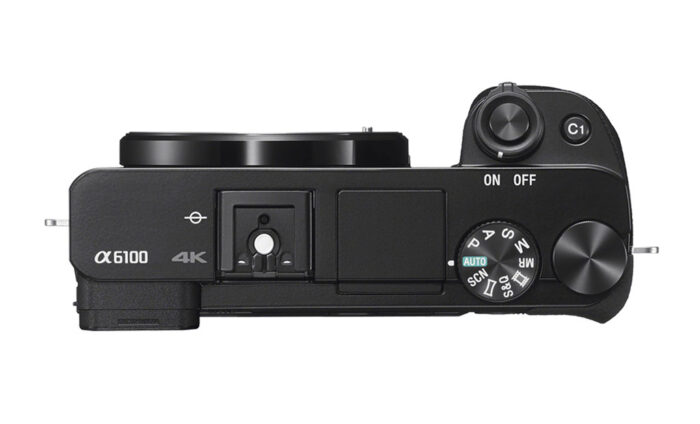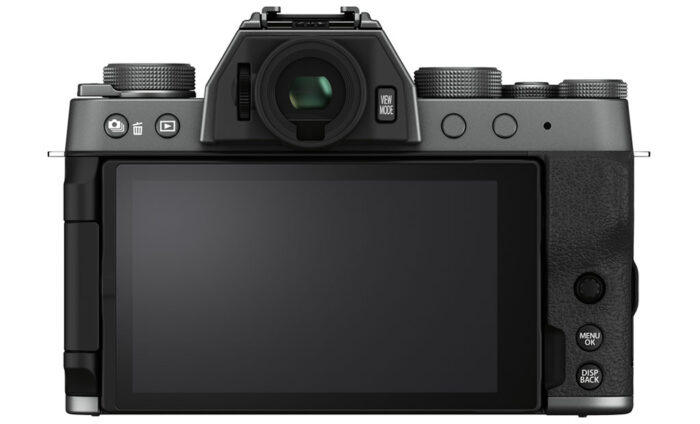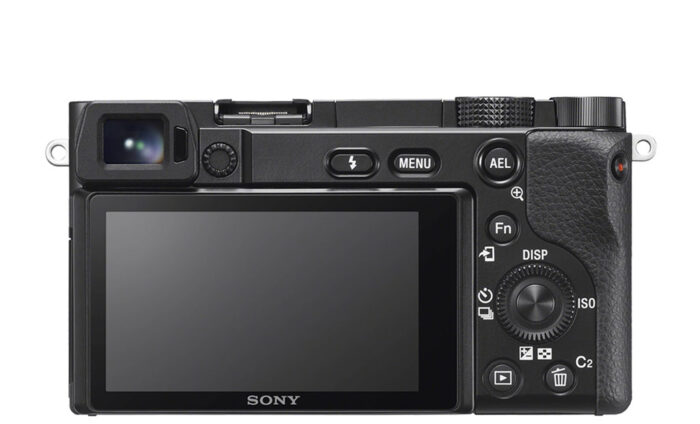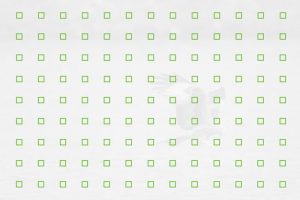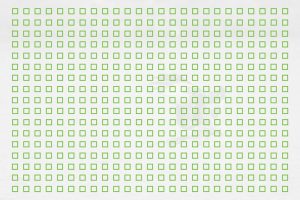The X-T200 replaces the X-T100 and brings some welcome improvements that should attract somebody looking for their first camera. In fact I would say there isn’t a lot it lacks, if not some options that Fujifilm left out on purpose so as to avoid making it too competitive.
The A6100 is the official successor to the popular best-seller, the A6000. It has an excellent autofocus system and shares a lot of technology with other Sony cameras. Their prices and placement make them direct competitors, so let’s see how they compare.
What they have in common:
- APS-C sensor with 24.2MP
- 4K video up to 30fps with full pixel readout and no sensor crop
- built-in flash
Ethics statement: The information found in this article is based on the official websites and press releases. We were not asked to write anything about these cameras, nor were we provided with any kind of compensation. Within the article, there are affiliate links. If you decided to buy something after clicking the link, we will receive a small commission. To know more about our ethics, you can visit our full disclosure page. Thank you!
1. Design and Viewfinder
The X-T200 and A6100 share a similar weight and dimensions. The Fuji camera is taller because of the viewfinder located on top, whereas the Sony has more depth thanks to its larger grip.
- X-T200: 121mm x 83.7mm x 55.1mm, 370g
- a6100: 120mm x 66.9mm x 59.amm, 396g
Speaking of the viewfinder, its location is one of the first differences that strikes your eye. The Sony EVF is placed on the left, and it doesn’t stick out from the main frame.
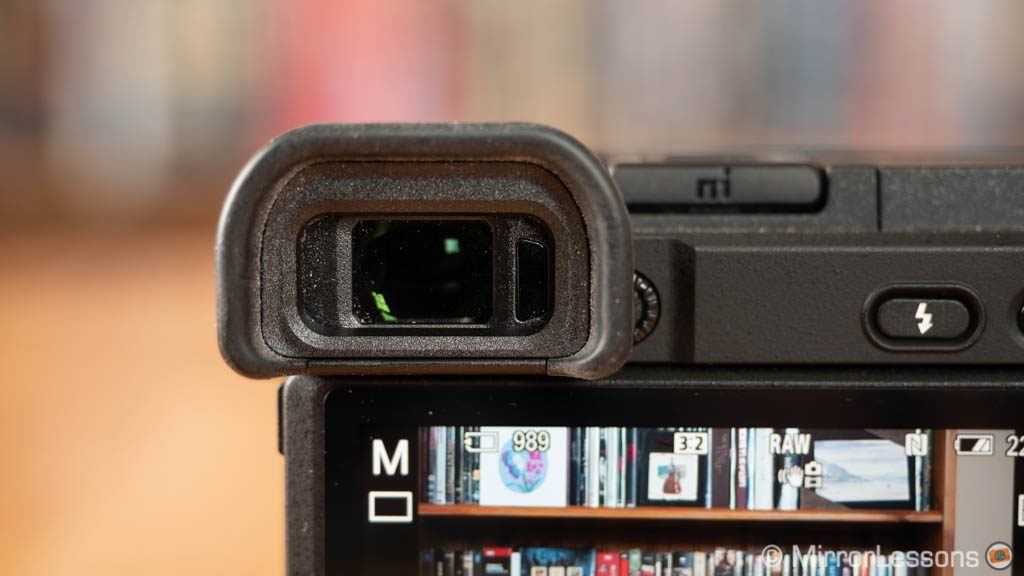
The Fuji EVF is found at the centre above the top plate, mimicing the classic SLR design.
The two EVF panels are OLED and the same size (0.39-in). The one on the A6100 has a larger magnification (0.7x vs 0.62x on the Fuji) but less resolution (1,440k vs 2,360k dots).
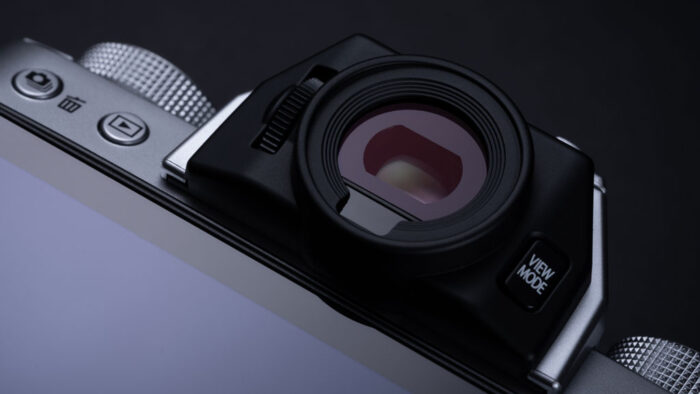
Looking at the controls, both cameras feature a classic shooting mode dial on top. In addition to that, the Fuji has three more dials: two on the right to control aperture and shutter speed, and one on the left that can be customised.
The Sony has a second dial to control either shutter speed or aperture. Other exposure settings can be accessed with the rear control wheel.
On the rear, the X-T200 has a more minimalistic appearance with fewer buttons and a joystick that can be used for the AF point as well as navigating the menu. The A6100 has a control wheel that can be rotated and pressed in four directions.
The X-T200 can be purchased in three colours: silver, dark silver and champagne gold. The A6100 is available in two versions: black or silver.
2. LCD monitor
Another difference that you can notice easily is the rear monitor. The one on the X-T200 is larger (3.5-in) and has more resolution (2.7M dots). It is fully articulating which means you can open it to the side and swivel it 180˚, giving you a bit more freedom to angle it in different ways according to your needs.
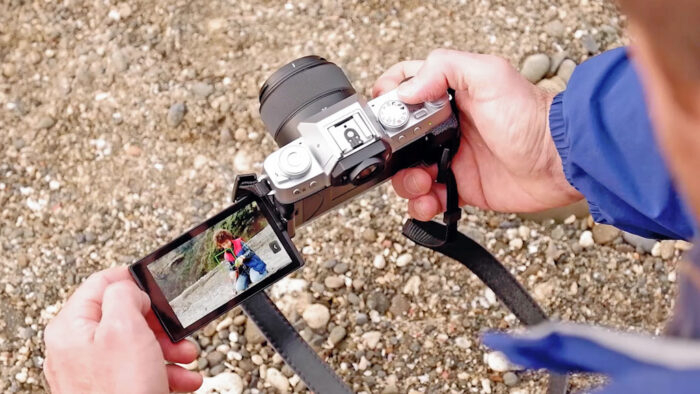
The A6100 features a smaller 3-inch LCD and the resolution is much lower at 921k dots. It can be tilted down to 74˚ or up to 180˚, but doesn’t have the multi-angle mechanism found on the Fuji model.
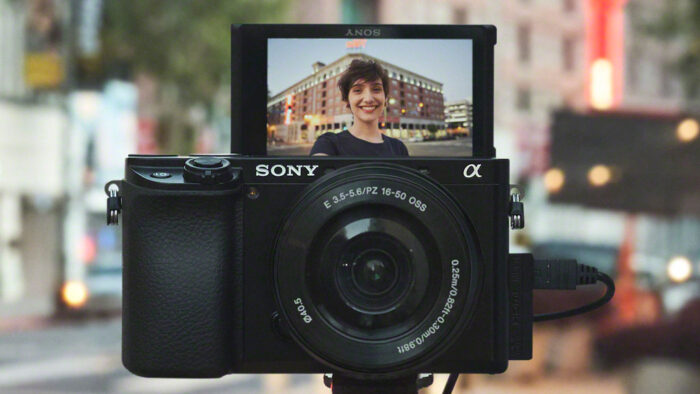
Touch sensitivity is available on both screens. On the Sony, you mainly use it to select a focus point or activate the tracking mode. You can also take a picture (touch shutter function) or double tap to magnify the live view of the photo in playback mode.
The X-T200 offers more possibilities when it comes to the touch screen. In addition to taking a shot and selecting a focus point, you can prioritise a face (when face detection is activated), change various settings and preview their effect in real time.
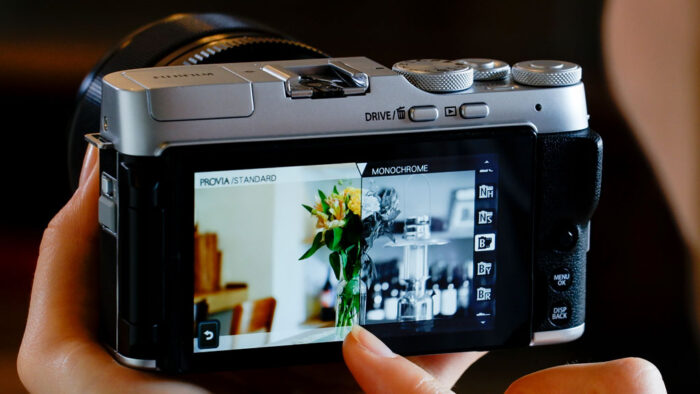
3. ISO range
This might be perceived as a small difference but is still worth pointing out. As I said in the introduction, the sensor is the same when it comes to format (APS-C) and resolution (24.2MP).
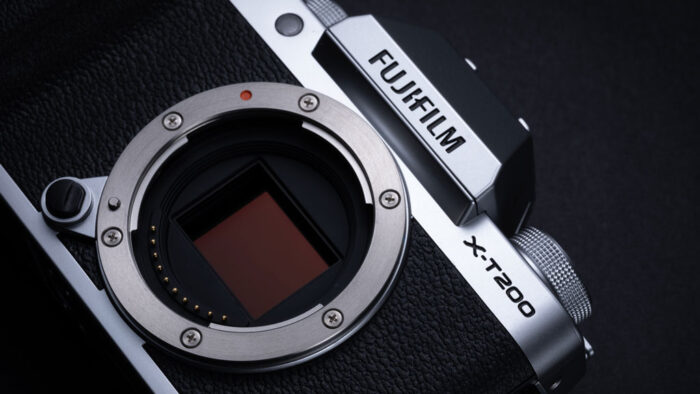
The ISO range is not the same however. Although both cameras can go up to 51200 ISO with the extended values, when it comes to the normal levels, the Fuji goes from 200 to 12800 ISO, whereas the A6100 starts from 100 ISO and goes up to 32000 ISO.
Why is this important to mention? Well, because the normal ISO range increases the brightness of your images at the sensor level, and not at the software level (unlike with the extended range). Extended ISOs always have more noise and less quality because the brightness is added by the camera software.
4. Autofocus System
Both cameras use a hybrid autofocus system with contrast and phase detection points.
The X-T200 has 117 points that can be divided into 425 when using certain settings. They cover almost the entire area of the sensor. It also has the latest software algorithm updates which improve face and eye detection in particular.
The A6100 shares the same AF as other Sony APS-C camera such as the A6400 and A6600. There are 425 points and the camera also has the real time tracking mode, which works with AI and machine learning (the camera analyses faces, eyes, colours, brightness and depth). The acquisition time is also really fast at 0.02s (this data is not available for the X-T200).
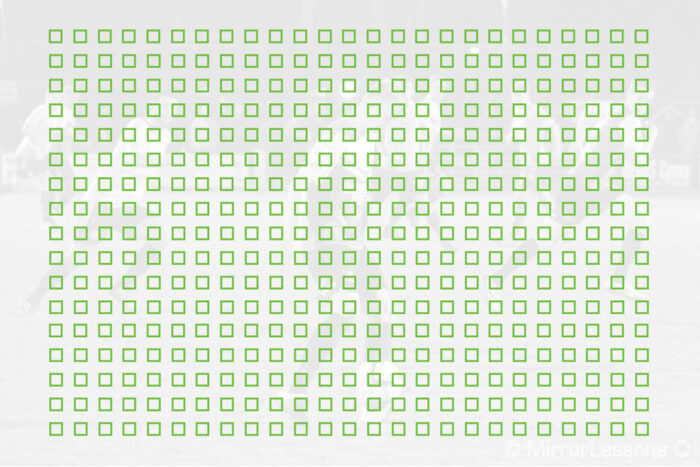
I didn’t test the A6100 but I reviewed the A6400 and since they have the same AF system, I can say that it is really good. Real time tracking in particular is quite impressive, and Eye AF also works with animals!
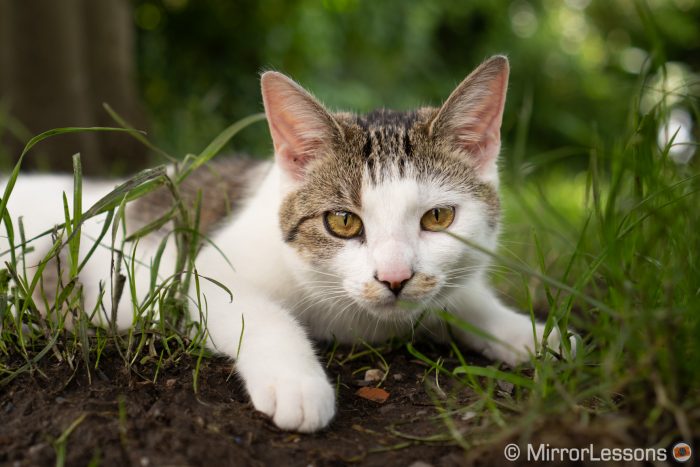
The same reasoning applies to the X-T200: I have an X-T3 at home, and thanks to the latest firmware update (version 3.20), the two cameras basically share the same software. Although I would say that Eye detection is not as good as the Sony, it is close and the overall AF performance is excellent.
5. Shutter and continuous shooting
Both cameras feature a traditional mechanical shutter and an optional electronic shutter mode. With the mechanical one, the maximum shutter speed is 1/4000s for each. With the electronic one, the X-T200 can go up to 1/32000s, unlike the A6100.
When it comes to continuous shooting speeds, the Fuji goes up to 8fps with AF and AE tracking. The Sony is faster, offering a maximum of 11fps.
The A6100 has an official rating of 76 JPG and 33 RAW when it comes to the buffer capabilities (the total number of images it can record before the burst speed slows down). They are decent numbers but not the best you can find in Sony’s APS-C range. Fujifilm hasn’t unveiled these specifications, but according to reviews, the buffer fills up rather quickly.
6. Video
As stated in the introduction, the X-T200 and A6100 can record 4K video using the entire width of the sensor with oversampling, which means that the quality should be really good.
One advantage for the Sony is that 4K recording goes up to 30 minutes per clip, whereas it is limited to 15min/clip on the Fuji.
In Full HD (1080p), they can record up to 120fps but on the Fuji, you only have the option of conforming the footage in-camera which means that you get the slow motion effect right away but no sound is recorded.
On the A6100, you can either choose 120fps (100fps when PAL is set) as a normal recording mode with sound, or use the S&Q mode and have the slow motion result already saved to the SD card.
The X-T200 has a few extra settings such as an HDR mode and a Movie trimming mode.
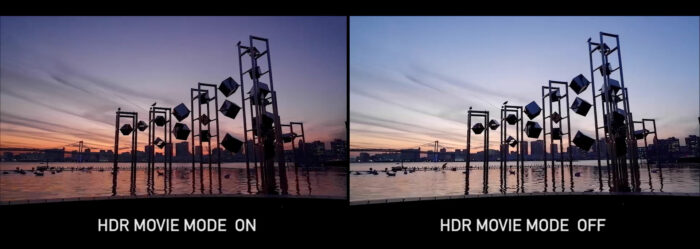
It is not always common to find a microphone input and a headphone output on entry level models, but this is exactly what the X-T200 has to offer: there is a 3.5mm jack input, and you can get the sound output via the USB-C port, and Fuji includes the adapter in the box!
The A6100 has a 3.5mm mic input but no headphone port.
7. Image stabilisation
Neither camera offers in-body stabilisation so you must rely on lenses with optical stabilisation or third-party gimbals.
For video however, the X-T200 has a function called Digital Gimbal which is another way of saying electronic stabilisation. The field of view is slightly cropped and the software tries to minimise the shakes to give smoother camera movements. This mode uses the camera’s gyro sensor for more accuracy.
There is a catch however: the Digital Gimbal mode doesn’t work in 4K, only 1080p.
8. Extra features
Both cameras have a number of extra features you can play with including the panorama mode and an interval-timer mode (for time-lapse).
The X-T200 offers a few extra features such as multiple exposure and Light Trail. The latter combines multiple frames while only retaining the brightest pixels. It is useful to capture scenes such as the one below.
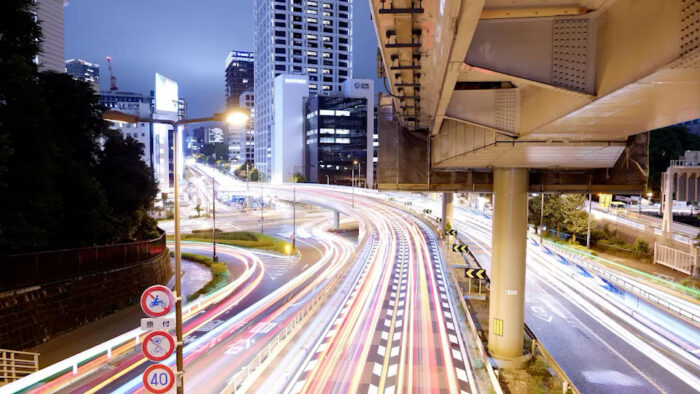
9. Lenses
With this type of camera, many users start with the kit lens and find themselves not needing anything else. However it is important to assess what is available if you want to step up the game.
The Fujifilm X-mount system offers a balanced selection of lenses. The company recently launched an affordable 35mm f2 which will suit the X-T200 perfectly. There are other reasonably priced fast primes, as well as affordable telephoto zooms such as the XC 50-230mm II. There are third-party options available and although most are manual focus, Viltrox is releasing some AF lenses that won’t be expensive.
With the E-mount system, you can attach many lenses to the A6100 including all the full frame series developed by Sony, Samyang, Sigma, Zeiss and Tamron. Now of course, you’ll most likely stick with smaller and more affordable (for the most part) lenses with a camera like this. Sony itself offers a decent range and there are several telephoto zooms and a few fast primes. There is also the excellent 1.4 trio from Sigma.
10. Price
The X-T200 is available at the retail price of $700 US, or $800 with the 15-45mm kit lens. The European prices are €870 (with lens) or £750 (with lens).
The A6100 official launch price was $750 US or $850 with the 16-50mm kit lens. However, at the time of publishing this article, you can find temporary discounts that make it $150 cheaper. The European prices are €750/€850 or £680/£750.
Conclusion
Both cameras are interesting entry level models that can suit the needs of beginners and amateurs.
As a first impression, the X-T200 appears to be the best all-rounder thanks to the extra connections, the larger multi-angle LCD screen and a few extra features. I also prefer the higher resolution EVF at the centre but that also comes down to personal taste.
The A6100 offers more options when it comes to autofocus (Eye AF for Animals for example) and has a faster burst speed. More importantly, it already benefits from instant rebates which makes it more affordable to buy in certain countries.
Reminder: the links below are affiliate links. If you decided to buy something after clicking the link, we will receive a small commission.
Check the price of the Fujifilm X-T200 on
B&H Photo
Check price of the Sony a6100 on
Amazon | Amazon UK | B&H Photo | eBay

